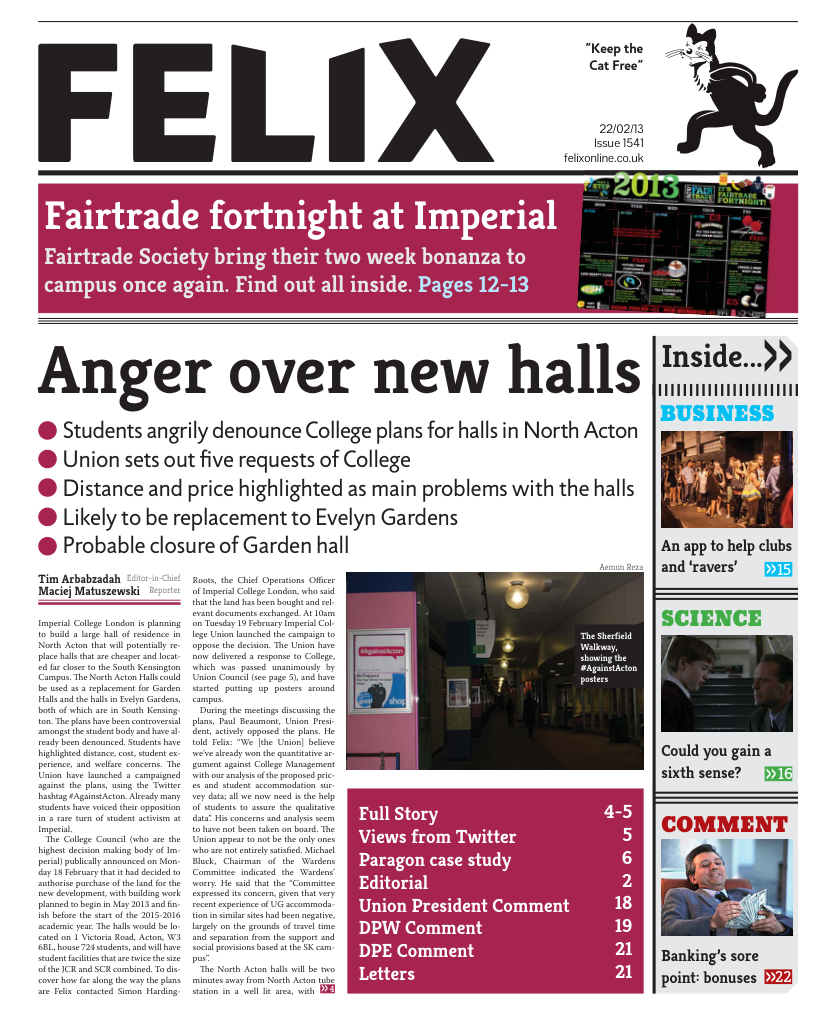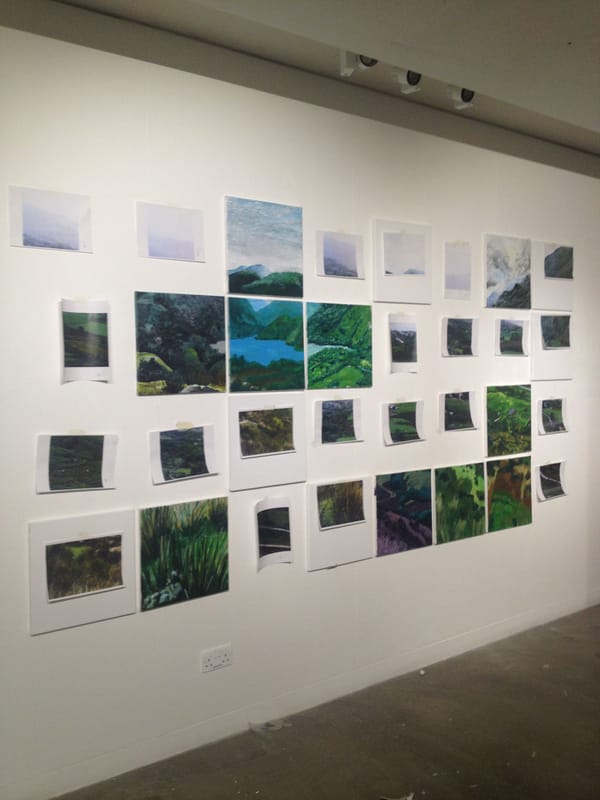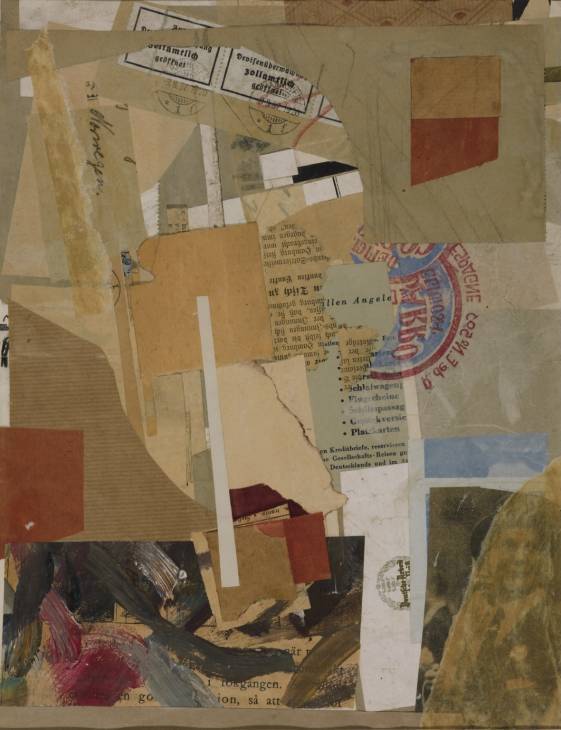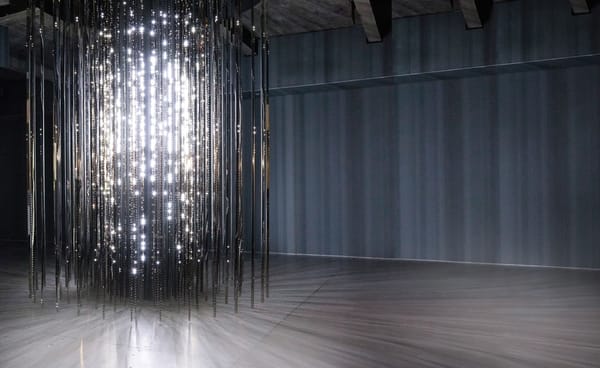Before Instagram
Fred Fyles tells us about the exhibition of portraits by Man Ray
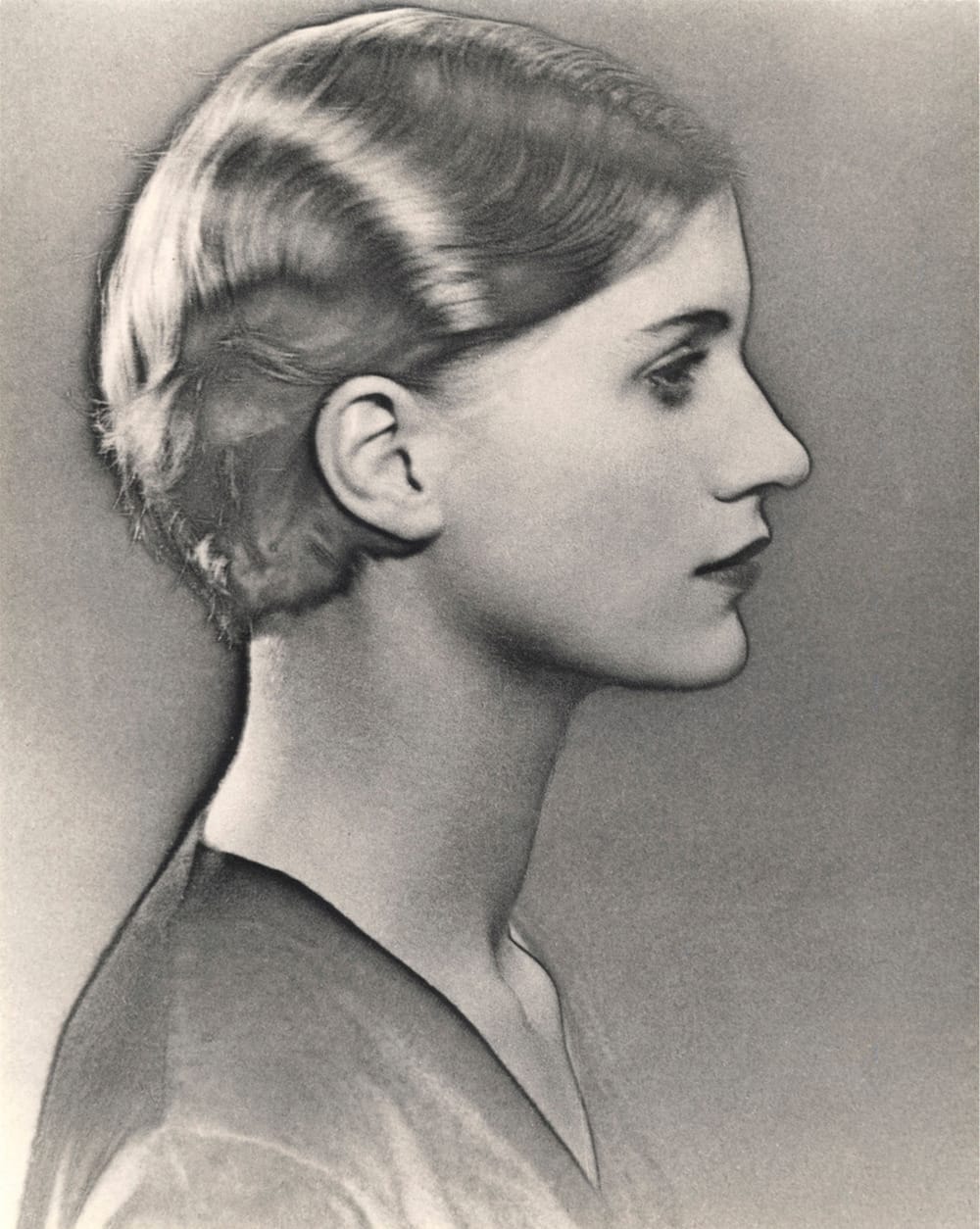
It can be said that photography is a method of preserving time. A moment is captured and immortalised in a 35mm negative, retained and treasured. The years may march on, but the picture will remain the same, retaining the ability to transport the viewer instantaneously to a certain time and place. If this is the case, then the exhibition of portraits by Man Ray, currently on display at the National Portrait Gallery, have captured not just a moment but an era.
The subjects of his portraits, mostly shot in Paris between 1920-40, read like a who’s who of the European avant-garde: Duchamp, Dali, and Matisse all make frequent appearances, but there are also pictures of Le Corbusier, Gurtrude Stein, Hemmingway, Joyce… the list could go on. Almost exclusively in black and white, these works show Man Ray as a master of light and shade, comparable to his contemporaries Brassaï and Cartier-Bresson – a remarkable achievement when one considers that photography was never his central medium.
Man Ray invites us into a world that has now gone forever. His pictures are intimate, almost confessional, and display the human side of the artistic visionaries of the 20th century. Picasso in his studio, Stein in her apartment, these pictures show us places that were often off limits for the public. When contrasted with today’s obsession with sharing photographs (Facebook is estimated to receive 3,000 photos every second) one realises how privileged we are to have an insight into such a remarkable time.
However, that’s not to say this is an exhibition is without its flaws. The sheer number of famous names captured by Ray’s lens, all displayed together, can become slightly overwhelming; deadening the impact such photos would have if seen individually. At some points in the exhibition it felt as though the focus was not on the man behind the camera, but rather those in front of it. This is not helped by the fact that we are presented with copies of Vogue featuring Man Ray’s shots of authors and models. This feeling continues into the last section of the gallery, which looks at Man Ray’s life in Hollywood and Paris from 1940-76. The centrepiece is a series of photographs from the Sunday Times portraying Catherine Deneuve. These are neither inspiring nor intriguing. Placing this at the end creates an anticlimactic finish to what had largely been a solid collection of Man Ray’s work
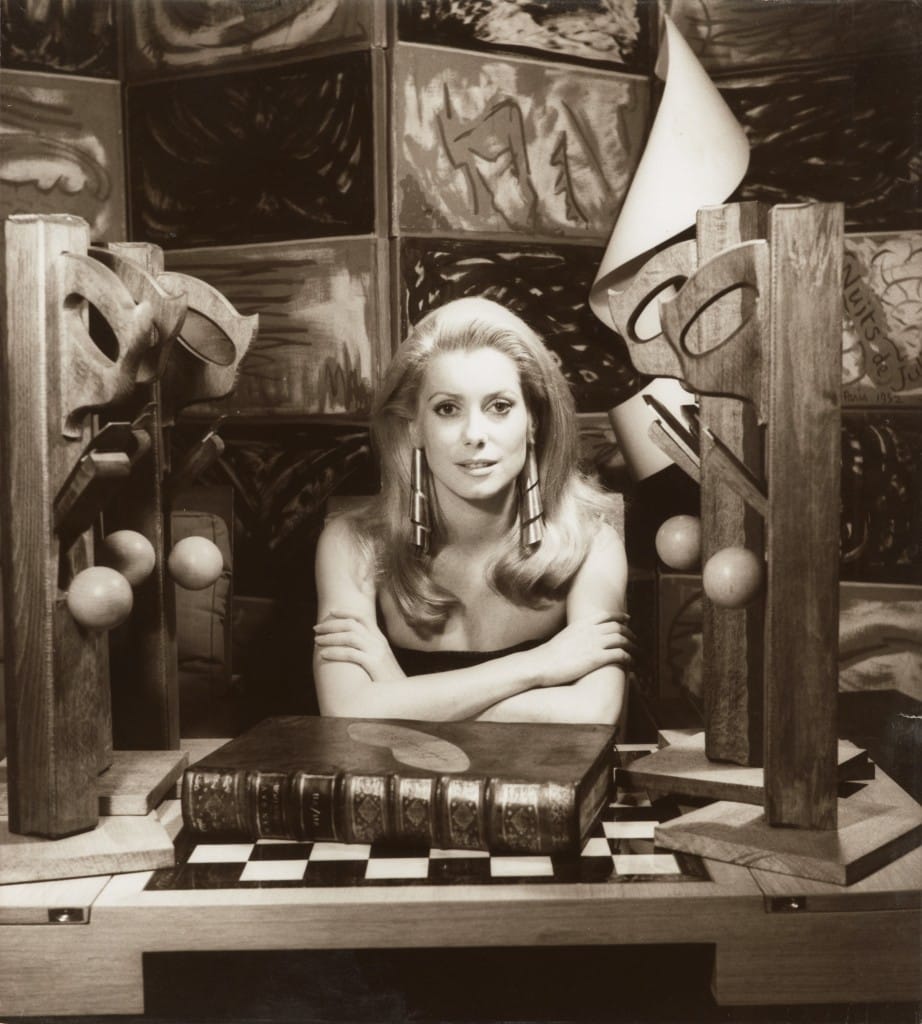
Luckily the exhibition manages to turn the attention back to Man Ray by featuring some of his artistic photography. His famous work Le Violon d’Ingres, showing a woman’s back adorned with the F-holes of a cello, is present, along with stills from the four films he produced. However, for me the highlight of the show came in his solarised portraits. Solarisation, a process in which the image’s tone is partially or completely reversed, was perfected by Man Ray and his assistant Lee Miller, who features in many of these works. Man Ray used this effect to create off-kilter, somewhat otherworldly photographs, which are all exceptionally beautiful.
Man Ray’s work with colour is also exhibited here. Early pieces, which had to be painstakingly assembled from separately coloured negatives, possess wonderfully muted tones. His later work, by contrast, has lost some of this magic. When using more modern techniques, Man Ray’s work simply fails to impress. It could be that this is something to do with our society’s fetishisation of all things ‘vintage’ – see Instagram if you want an example. However, I feel that this phenomenon is due to something else. Man Ray’s work is a product of his time. The equipment he used, the people he photographed, the way he collaborated with a circle of artists. These are all things that have been confined to the early 20th century, and it is this that makes the exhibition so special. When we enter the rooms of the National Portrait Gallery we are, no matter how briefly, stepping into Man Ray’s world – one of splendour, beauty, and glamour.
Man Ray Portraits at NPG. Tickets from £10.90. Now - 27 May.


